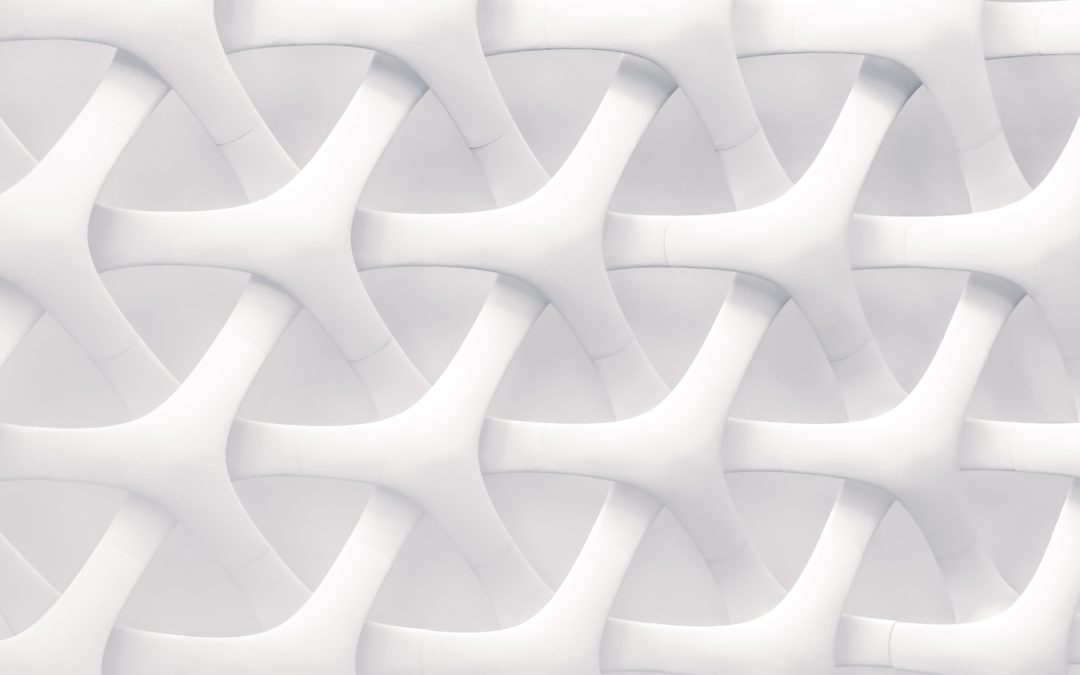The Journal Osteopath Assoc. 2014;114(10):780-7
By Hans Chaudhry, PhD, Bruce Bukiet, PhD, Zhiming Ji, PhD, Antonio Stecco, MD, and Thomas Findley, MD, PhD.
Abstract
Context: Osteopathic manipulative medicine techniques involve compressive and tangential forces to target the fascia. These forces are transmitted to the skin and the adipose tissues before the fascia is encountered. Knowing the extent of deformation of these 2 tissue layers relative to the fascia will assist osteopathic physicians in evaluating techniques for manual therapies and adjusting these therapies to reduce patient discomfort and improving results.
Objective: To determine the magnitude of the forces transmitted to the skin, adipose tissues, and fascia, and to determine the magnitude of deformation produced in the skin and adipose tissue relative to the fascia using a mathematical model.
Methods: The large deformation theory of elasticity, valid for 3-dimensional deformations, was used to evaluate the forces that need to be applied such that a specified deformation is produced in any region of the skin, adipose tissues, or fascia layers. Similarly, if the forces are specified,
then the deformation produced can be determined. Results: The normal and tangential forces required to produce a deformation of 9% compression and 4% shear for the skin were 50 N and 11 N, respectively. Normal and tangential forces of about 100 N and 22 N were found for a similar deformation of fascia. For adipose tissue, these forces were 36 N and 8 N, respectively. In addition, the skin experienced more compression and shear—about 1.5 times as much as the fascia, and the adipose tissue experienced about 2.5 to 3.5 times the deformation of the fascia and 50% more than the skin when a given force was applied to the skin. Conclusion: The forces applied to the surface of the skin were transmitted through this layer and the adipose layer entirely to the fascia. Therefore, the skin and adipose tissues experienced the same magnitude of force as the fascia. However, the skin and adipose tissue experience more compression and shear than the fascia.
Full text at this link. doi:10.7556/jaoa.2014.XXX

